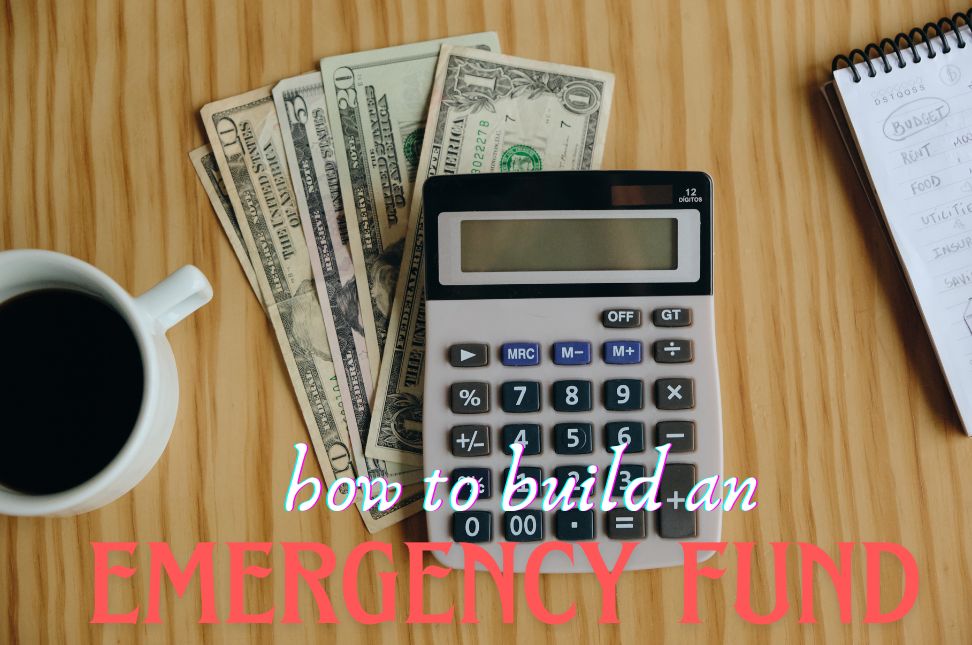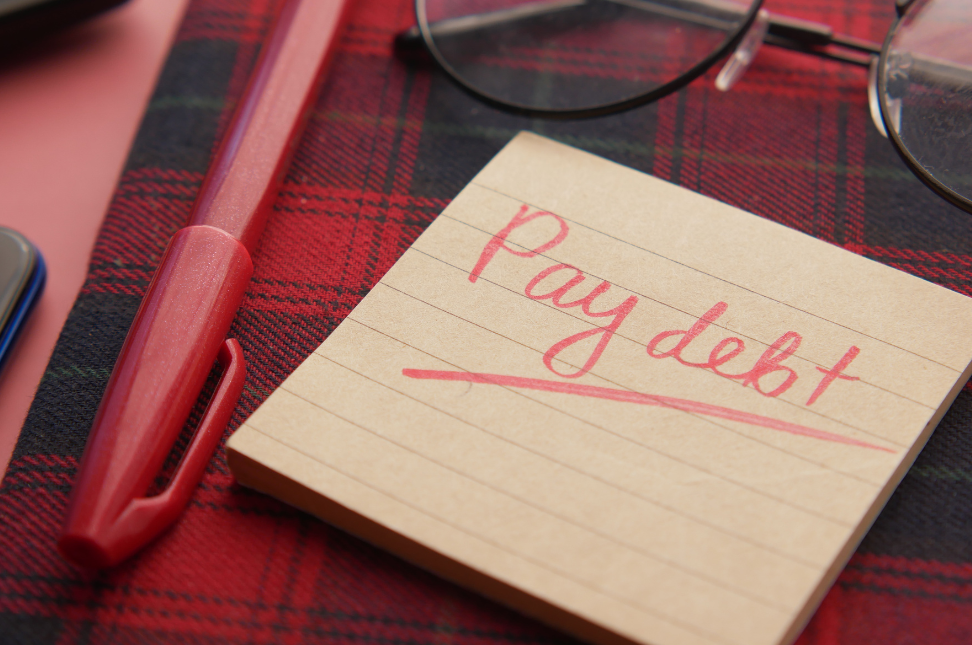In uncertain times, knowing how to build an emergency fund can provide financial stability and peace of mind. An emergency fund is a crucial safety net that can help you manage unexpected expenses, such as medical emergencies, car repairs, or sudden job loss. This guide will walk you through the steps to build an emergency fund, ensuring you are prepared for any financial surprises life throws your way.
Why an Emergency Fund is Essential
Before diving into how to build an emergency fund, it’s important to understand why it is essential. An emergency fund acts as a financial buffer, protecting you from debt and financial stress during unexpected situations. It ensures you have quick access to cash without relying on credit cards or loans, which can lead to high-interest debt.
Step 1: Determine Your Emergency Fund Goal
The first step in how to build an emergency fund is to determine your savings goal. Financial experts typically recommend saving three to six months’ worth of living expenses. To calculate this, add up your monthly essential expenses, including rent or mortgage, utilities, groceries, transportation, and insurance. Multiply this total by the number of months you want to cover. This figure is your emergency fund goal.
Step 2: Assess Your Current Financial Situation
Before you start saving, assess your current financial situation. Review your income, expenses, and any existing savings. Understanding where your money goes each month will help you identify areas where you can cut back and allocate more towards your emergency fund.
Step 3: Create a Budget
Creating a budget is a crucial step in how to build an emergency fund. A budget helps you track your income and expenses, ensuring you allocate enough money towards your savings goal. Start by listing your monthly income and fixed expenses, such as rent, utilities, and insurance. Next, list your variable expenses, such as groceries, entertainment, and dining out. Identify areas where you can reduce spending and redirect those funds to your emergency fund.
Step 4: Open a Separate Savings Account
To effectively build an emergency fund, open a separate savings account dedicated to this purpose. Keeping your emergency fund separate from your regular checking or savings account helps prevent you from dipping into it for non-emergency expenses. Look for a high-yield savings account that offers competitive interest rates, so your money can grow faster.
Step 5: Automate Your Savings
One of the most effective ways to build an emergency fund is to automate your savings. Set up automatic transfers from your checking account to your emergency fund savings account. By automating your savings, you ensure consistent contributions without having to think about it. Treat these transfers like any other bill payment to prioritize your emergency fund.
Step 6: Start Small and Gradually Increase
If you find it challenging to allocate a large portion of your income towards your emergency fund, start small. Begin with a manageable amount, such as $20 or $50 per week. As you become more comfortable with your budget and spending habits, gradually increase the amount you save each month. Over time, these small contributions will add up, helping you reach your emergency fund goal.
Step 7: Cut Unnecessary Expenses
Cutting unnecessary expenses is a key strategy in how to build an emergency fund. Review your spending habits and identify areas where you can cut back. This might include dining out less frequently, canceling unused subscriptions, or finding more cost-effective alternatives for entertainment. Redirect the money saved from these cuts directly into your emergency fund.
Step 8: Boost Your Income
Increasing your income can accelerate the process of building your emergency fund. Look for opportunities to earn extra money, such as taking on a part-time job, freelancing, or selling unused items. Use any additional income to boost your emergency fund contributions.
Step 9: Stay Disciplined and Stay Focused
Building an emergency fund requires discipline and focus. Avoid the temptation to dip into your fund for non-emergency expenses. Remember, this money is meant to protect you during unforeseen financial challenges. Stay committed to your savings plan and regularly review your progress to stay motivated.
Step 10: Reevaluate and Adjust as Needed
Life circumstances can change, affecting your financial situation and emergency fund needs. Regularly reevaluate your budget and savings plan to ensure they align with your current goals and expenses. If you experience a significant life event, such as a job change, marriage, or the birth of a child, adjust your emergency fund goal accordingly.
Real-Life Examples of Building an Emergency Fund
To illustrate how to build an emergency fund, let’s look at a few real-life examples:
- Sarah, a Single Professional Sarah decided to save six months’ worth of expenses, totaling $12,000. She started by cutting back on dining out and entertainment, redirecting $300 per month into her emergency fund. She also took on freelance work, earning an additional $200 per month. By automating her savings and staying disciplined, Sarah reached her goal in two years.
- The Johnson Family The Johnsons aimed to save $15,000 for their emergency fund. They created a budget, identifying $400 in monthly savings by reducing grocery and utility expenses. Additionally, they sold unused items and used the proceeds to boost their fund. By following their plan and regularly reviewing their budget, the Johnsons built their emergency fund within 18 months.
- Mark, a College Student Mark, a college student, aimed to save $3,000. He started small, saving $50 per month from his part-time job. Mark also cut back on non-essential expenses, such as streaming services and dining out. By consistently contributing to his emergency fund and taking on extra gigs during holidays, Mark reached his goal in three years.
Conclusion
Knowing how to build an emergency fund is essential for financial security and peace of mind. By setting a savings goal, assessing your financial situation, creating a budget, and automating your savings, you can effectively build an emergency fund. Remember to start small, cut unnecessary expenses, and boost your income when possible. Stay disciplined, reevaluate your plan regularly, and adjust as needed. With dedication and focus, you can build a robust emergency fund to protect yourself from unexpected financial challenges. Start today and take the first step towards financial stability.




